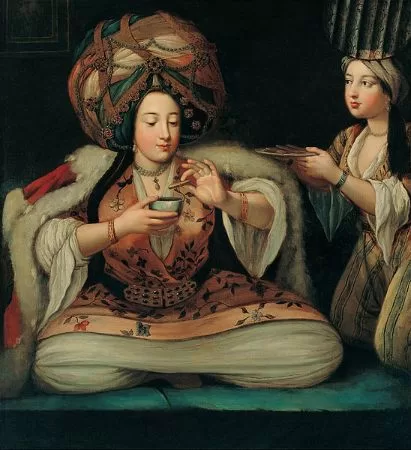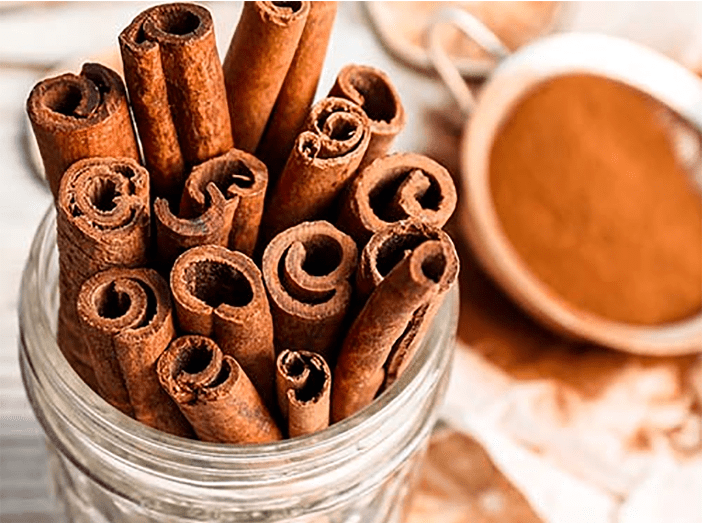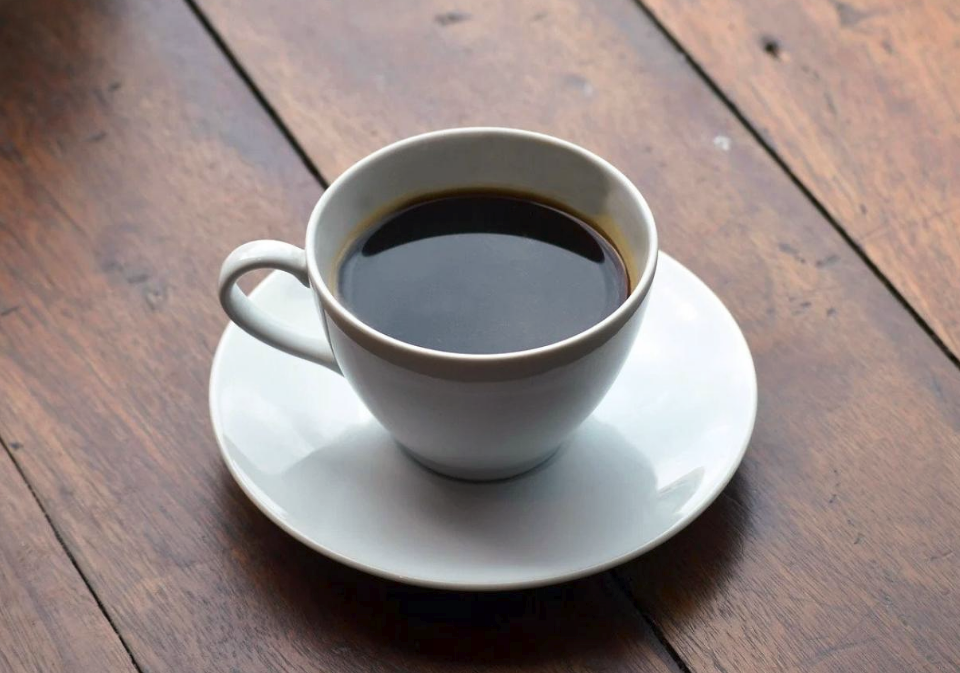According to one of the stories, an Ethiopian goat herder noticed that some of the goats were very active and fit. The shepherd followed the goats and saw that they were feeding on a tree with brown seeds. He eats the same seeds himself. Indeed, he realizes that the grains give a person vitality. The shepherd tells his discovery to the local imam. The imam was also interested in the incident. The imam boils the dried coffee beans in water and makes coffee into a drink for the first time.
Coffee was further developed and used during night prayers in order to stay energized and pray more, and was made into a real drink in Yemen by the Sufi scholar Muhammad al-Dhabbani, who died in the 1470s. According to another belief, coffee was discovered in the high plateaus of Abyssinia (Ethiopia) by Hassan al-Shazeli or Abu’l Hassan al-Shazeli, the pope of the Shazeli order, and brought to Yemen by Shazeli dervishes.
According to an account by Katip Çelebi, Şazeli had long conversations with his disciples during his pilgrimage in 1258, during which coffee beans were boiled and drunk. For this reason, the coffeehouses in Istanbul recognized Sheikh Şazeli as the piri of the coffeehouse trades and hung “Ya Hazrat Sheikh Şazeli” signs in the coffeehouses.
Etymologically, the most popular and logical view is that coffee spread all over the world from southern Abyssinia. According to this view, it is highly probable that coffee, cafe in European languages and coffea in Latin, got its name from the Kaffa region of southern Ethiopia, where it grew abundantly as a wild coffee tree.

According to historian Solakzade, coffee was brought to Istanbul by Muslim merchants in 1519 after Selim I’s Egyptian campaign. However, only a very narrow circle was able to taste coffee during this period. According to an anecdote in Katip Çelebi’s Mizânu’l-hakk fi ihtiyari’l-ahakk (1657), a fatwa was issued against coffee after it first appeared in the port of Istanbul in 1543. According to the fatwa, coffee was banned because it was roasted over a fire until it turned into charcoal and because it was drunk in gatherings where cups were passed from hand to hand, after which ships carrying coffee were sunk and their cargo was dumped at the bottom of the sea. Although the exact date of this fatwa is unknown, it is attributed to Sheikhülislam Ebussuud Efendi (1490-1574). However, the anecdote goes beyond describing a historical event of the 1540s and shows a point of view that reflects the serious concerns of important people of the period. On the other hand, there is some uncertainty about the authenticity of Ebussuud Efendi’s negative attitude towards coffee. For there is evidence that coffee quietly entered Istanbul in the first half of the 16th century.
According to Peçevî’s history, during the reign of Suleiman the Magnificent in 1554, a man named Hakim and a man named Şems brought coffee to Istanbul from Aleppo and Damascus, respectively, and started to cook coffee and sell it to the public in two separate shops they opened in Tahtakale. The Ottoman historian İbrahim Peçevî provides detailed information about the people who came to the coffeehouse. He states that some people played chess or backgammon in this place, while others frequented the place for people waiting to take office, such as kadis, muderris and the unemployed.

The ban on coffee, which was religious until the reign of Suleiman the Magnificent, was politically motivated after this period. Coffee houses were demolished and severe punishments were imposed, up to the hanging of coffee drinkers. The reason given was that coffeehouses increased laziness, decreased attendance at mosques, and that the people who gathered there criticized state affairs in their political conversations and organized themselves. However, even this ban could not destroy the interest in coffee among the public. During the reign of Selim II, coffee was banned on the same grounds, but the ban did not last long. In fact, when the rumor that coffee was good for many diseases increased the interest even more, the softies claimed that it was more harmful than taverns, but the ban on coffee did not last as long as the ban on taverns.
Bostanzâde Mehmed Efendi, the sheikhulislam of Murad III’s reign, issued a fatwa that read “If the drawback is the charring of the coffee while roasting, roasting the coffee without turning it into charcoal eliminates the drawback” and unwittingly invented “Gold” coffee. Following the fatwa, Murad III lifted the ban on coffee and coffeehouses became popular in Ottoman society. Even scholars, dervishes and viziers began to consume coffee after this fatwa. Kadis, who were the administrative administrators of the kaza units, also built coffeehouses and earned income from them.
Sultan Ahmed I’s Grand Vizier Derviş Pasha, who saw coffeehouses as a hotbed of evil, imposed a ban, but without success.

Over time, drinking coffee became an indispensable part of the daily lives of Turkish men and women. According to Evliyâ Çelebi, Kösem Valide Sultan even had a coffee house in Topkapı Palace. We also learn from Evliyâ Çelebi’s writings that there were fifty-five coffeehouses in Istanbul at that time, with about two hundred people working in them and three hundred shops selling coffee. In the coffeehouses that opened after coffee became an indispensable drink for people, coffee was drunk with a mashrapah. Smokers would drink these coffees like water.
The introduction of coffee into palace kitchens as a special and prestigious treat coincides with the reign of Mehmed IV. Coffee was served together with the desserts, jams and sherbets offered to the guests at the palace. There was even an office of “kahvecibaşı” in the palace organization. Important people were appointed here and from time to time they would rise from the position of coffeemaker to grand vizier. The importance attached to coffee had increased to such an extent that the water for the sultan’s coffee was specially brought from Gümüşsuyu near Eyüp hill. In the harem circle of the palace, the ladies also had their own coffeemaker.
In the Ottoman Empire, coffee was roasted in a pan or in a cupboard, cooled in special containers, then pounded in a mortar, dibek or ground in a mill before being prepared for cooking. In fact, coffee is roasted, pounded or ground in hand mills in various ways all over the world, but what makes it “Turkish coffee” is its unique cooking methods.

In the palace, coffee was brewed in ibriks and buckets, and drunk in cups on large sinis. There were varieties of these such as “Kütahya cup” or “Kaba cup”. Coffee was also served with a special ceremony in palaces. The so-called sitil cover would be carried by two people to the area where the guests were entertained, followed by the coffee tray. If the tray was heavy, it would be held by two people. The coffee would be transferred from the ibriks to the cups, and the person who would serve the coffee would enter last. The sitil set consists of the sitil, a small brazier carried by three chains joined by a ring, and the coffee pitcher inside. The cover that prevented this special set from getting dusty was made of round atlas or silk velvet. In large mansions other than palaces, the sitil cover would arrive on the shoulders of those carrying the sitil set, and the servants would enter the room in turn, line up and stand at the side until the coffee cups were returned. Water would be served with the coffee. The water is drunk before the coffee to cleanse the mouth.

By the 17th century, the number of coffee warehouses in Istanbul reached 300. European merchants who entered the coffee trade in this century bought coffee from Yemen at high prices, which led to a rapid depletion of coffee stocks in Istanbul and an increase in prices. The depletion of stocks led to corruption in coffee production, and the Janissaries around Eminönü, who were in charge of the coffee business, turned a blind eye to the adulteration of pure coffee with chickpeas and similar grains. Following these developments, a series of measures were taken to control coffee consumption and maintain order, including the imposition of additional taxes and the appointment of a group of four people to supervise the distribution of coffee, with Egyptian Bazaar shopkeepers vouching for them. The shortage of coffee proved to be more problematic than expected, and although taxes were raised to meet the local population’s need for coffee, the black market could not be prevented and even the sale of coffee to foreigners was banned.

Coffeehouses are classified according to the social environment, line of work and interests of their patrons. Names such as “neighborhood coffeehouses, artisan coffeehouses, janissary coffeehouses, tumbumbacı coffeehouses, âşık coffeehouses, semai coffeehouses, meddah coffeehouses, junkie coffeehouses” document the cultural diversity underlying coffeehouse culture. It is also possible to get an idea about the coffeehouse architecture of the period from 19th century engravings by artists such as Melling, Allom and Walsh. According to the information provided, a classically planned coffeehouse was first accessed through a courtyard called the central square. Mostly, this space was surrounded on three or four sides by seats close to one meter high. Sometimes there was also a shoemaking area where shoes were removed. The main room was 20-30 cm. higher than this entrance. The main space was also sometimes surrounded by 30 cm. high seats, and in the center was a fountain or pool that dominated the entire space. Opposite the corner where the hearth was located, there was a head couch with a staircase, surrounded by railings, which could accommodate 20-25 people. This was also called the sedirlik. Influential people from the regulars of the coffeehouse would sit here. The place for the smokers was next to the head ottoman, with a post in front of it and a clock. In the most dominant part of the coffeehouse was a stove with a plaster hearth. On either side of the stove were three or four shelves with three or four compartments, called holes, containing cups, envelopes and other coffee utensils. A little further away from the shelves were rows of cabinets for sticks and also tobacco burners.

Another type of coffeehouse in the Ottoman Empire was the janissary coffeehouses. From the 17th century onwards, the permission given to janissaries to marry led them to leave the barracks and begin the process of becoming artisans. The permission to open a coffeehouse granted to those who excelled in the janissary quarry shows that such coffeehouses were operated in a disciplined manner. These places, which were also identified with Bektashism, were also governed by military discipline with religious functions. Janissary coffeehouses were politically oriented with their patrons of various views and folklorically oriented with their traditional opening ceremonies. The presence of a Bektashi father in every Janissary coffeehouse indicates that these places functioned as Bektashi tekkes for a certain period of time. One of the most important features of the Janissary coffeehouses was that they were places where the first social anger against corruption, injustice or incompetent rulers would emerge and spill out onto the streets. Another characteristic of these places was that, unlike others, they allowed many unemployed people to stay overnight. In this respect, Janissary coffee houses were important places that functioned like barracks. Large and highly decorated Janissary coffeehouses were built on the slopes of Istanbul overlooking the sea or on stilts in the sea.
In the Janissary coffee houses, there were peykes, sofas, a saz place and a father’s table, depending on the rank of the person. All of them were carved wood, embossed with flowers, painted, embroidered and gilded. There was a marble pool and fountain in the center surrounded by basil. Peyke and sofas were furnished with rugs, prayer rugs, lamb and bear skins, mattresses and pillows. The walls were decorated with Bektashi plaques and the coffee stove was like a bridal chamber. In the cupboards were coffee pots, cups, gold and silver cup envelopes, crystal hookahs with gold and silver heads, jasmine sticks and precious nozzles. It is stated that the coffeehouses of the Janissaries, which were seen to be very ornate and elaborate, could not be opened by anyone who wished to do so, that this was a matter of bullying, and that it was not possible to open and decorate these places without bullying. Before a coffeehouse was opened, a book was prepared with the names of the wealthy Muslim and non-Muslims, a list of what was to be bought from these people was determined, and then a daring man would collect the items as gifts. Janissaries, on the other hand, would gift each other’s coffeehouses with a cage of canaries, which was considered good luck. There would be at least 30-40 canary cages in a coffee house.

After the closure of the Janissary coffeehouses by Mahmud II, Semai coffeehouses, frequented by tulumbacıs, begin to spring up. These examples, which belong to the group of coffeehouses with instruments and are created by the military-craftsmen clan based on the janissary system, become a new type of space that the coffeehouse type transforms into in the early 19th century. In semai coffeehouses, soldiers and artisans are replaced by tulumbacı külhanbeys. These coffeehouses, which were specific to the month of Ramadan, would operate throughout Ramadan and close on the eve. The decoration of these coffeehouses, which stood out with their ornamentation, was made by primitive artists from among the tulumbacı and boatmen, sometimes trying to impress the customers with mythological and sometimes fantastic paintings. In the semai coffeehouses, which had a theater-type appearance in terms of their architectural layout, the peykas were replaced by chairs placed according to the show order. In addition, the place where the show would take place was slightly elevated and made to look like a stage. This arrangement constituted a transition between the classical coffeehouse and the theater. In addition, from the Abdülhamid II period onwards, the taste for alafranga music began to develop in semai coffeehouses.

By the seventeenth century, coffee was little known in Europe. European travelers passing through the Ottoman Empire or the Middle East would definitely stop by the coffeehouses where commercial deals were made, or at least see peddlers selling coffee in copper coffee pots on the street. As these travelers returned home and began to tell their stories, Europe became interested in coffee. This delicious and invigorating new beverage, served with a puff of smoke, was immediately introduced to Europe by merchants. Coffee was taken to Southern Europe by the Venetians. In 1615, the first coffee arrived in Venice, introducing a new drink to European culture. In 1645 coffee houses are opened in Venice, in 1650 in Oxford, in 1652 in London and in 1672 in Paris.
Source
Sohbetin Bahansei Kahve, Deniz Gürsoy, Osmanlıca Hat Plate Sheikh Şazeli Opens with Besmeleyle Her Seherde, Ottoman Coffeehouses: Public Space, Socialization, Power [Ottoman Coffeehouses: Public Space, Socialization, Power], Coffee and Coffeehouses in Ottoman Society



